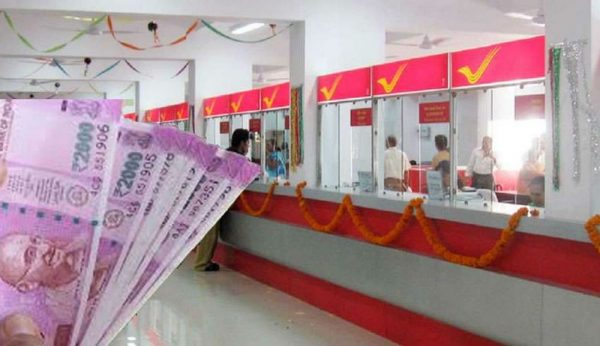Small Saving Schemes have garnered immense popularity among individuals seeking to save and invest on a monthly basis. Notably, Post Office Saving Schemes have emerged as a favored choice, providing a multitude of options for savings and investment. However, recent developments have brought about significant changes to the investment regulations governing these schemes, particularly those offered by post offices.
Read More: Big Update! Shopkeepers Can No Longer Ask For Mobile Number Before Generating Bill
The Department of Posts has recently issued a circular, signaling a shift in the “know your customer” (KYC) provisions for investors participating in small savings schemes. Through these alterations, the provisions have been rendered more stringent for individuals making substantial investments in post office schemes.
One notable change entails the requirement for investors who invest Rs 10 lakh or more in post office schemes to furnish income proof alongside their KYC documents. The Department of Posts has instructed all post offices to collect proof of earnings from a specific category of investors participating in small savings schemes. The aim behind this modification is to curb terror financing and money laundering activities. Consequently, investors will now be obligated to submit income proof in addition to PAN and Aadhaar details.
Read More: Gold Rates Decline In India; Check New Rates Of 22 Carat In Your City On May 28
The circular further classifies investors into three distinct categories based on their risk appetite. These categories serve as a basis for determining the applicable rules and regulations. Investors who open an account in any scheme with an amount not exceeding Rs 50,000 and maintain a balance below this threshold across all post office schemes will be deemed low-risk investors.
Read More: Canada announces new open work permit for family class and spousal applicants
Likewise, customers initiating accounts with an amount exceeding Rs 50,000 but falling short of Rs 10 lakh will be categorized as medium-risk investors. Even if the cumulative balance across all schemes remains below Rs 10 lakh but exceeds Rs 50,000, they will still be classified as medium-risk. However, once the investment surpasses the threshold of Rs 10 lakhs, the concerned customer will be designated as a high-risk investor, thereby incurring more stringent provisions.





































